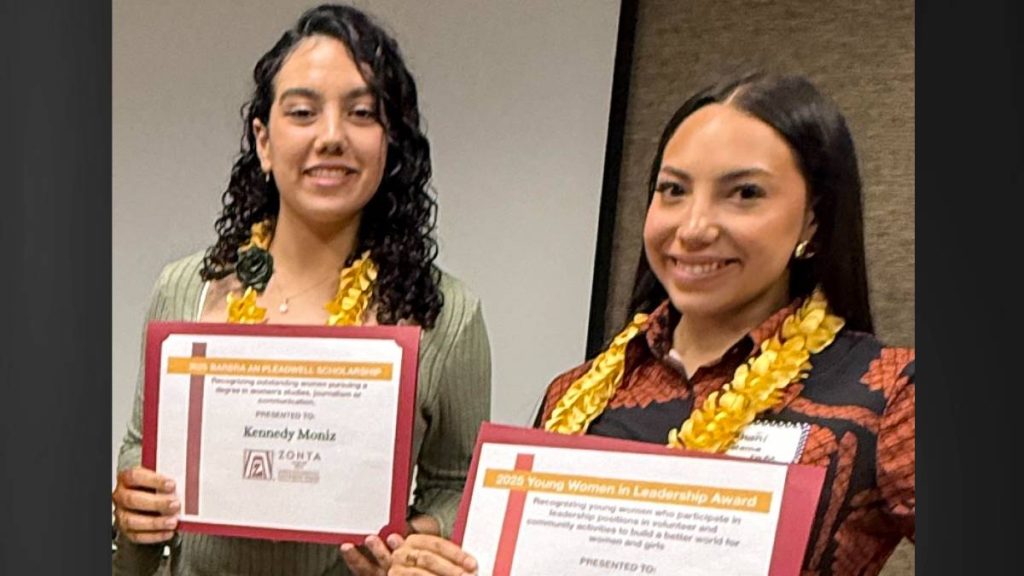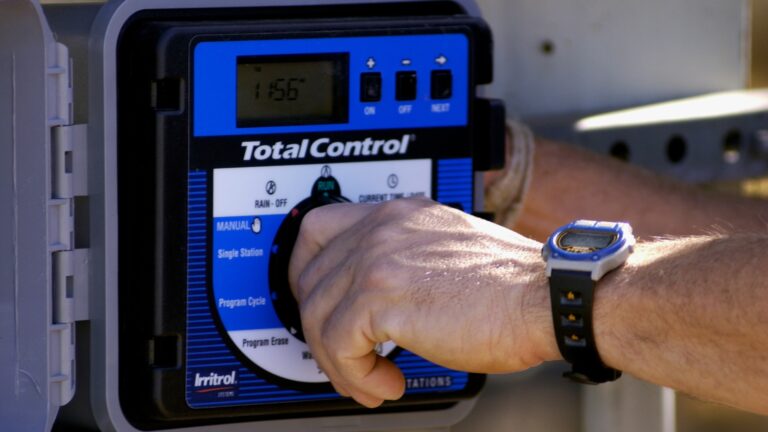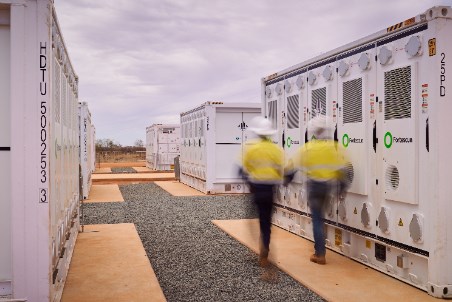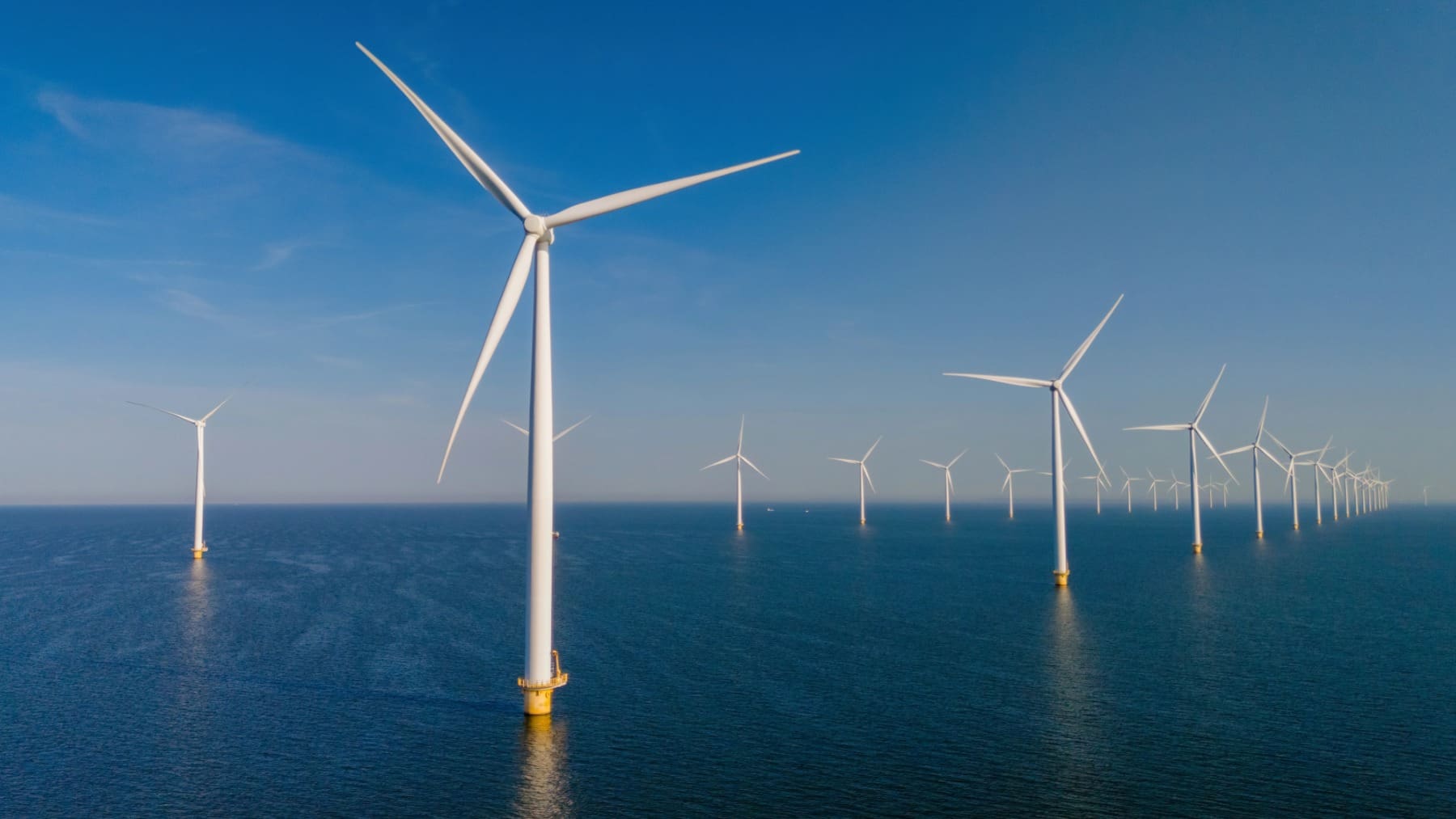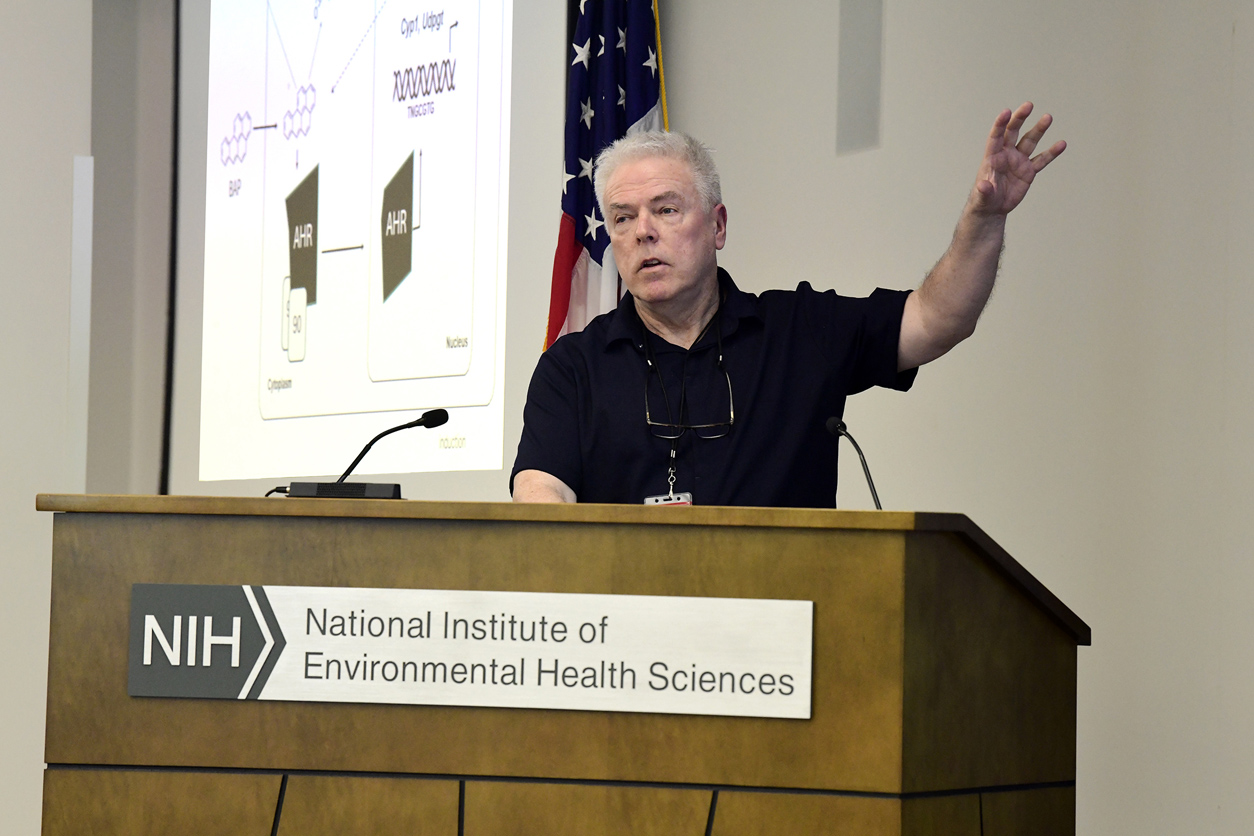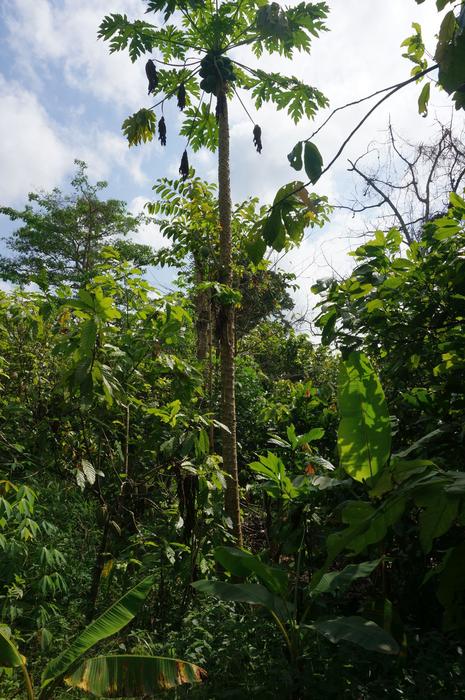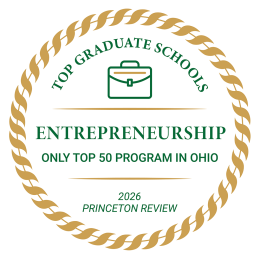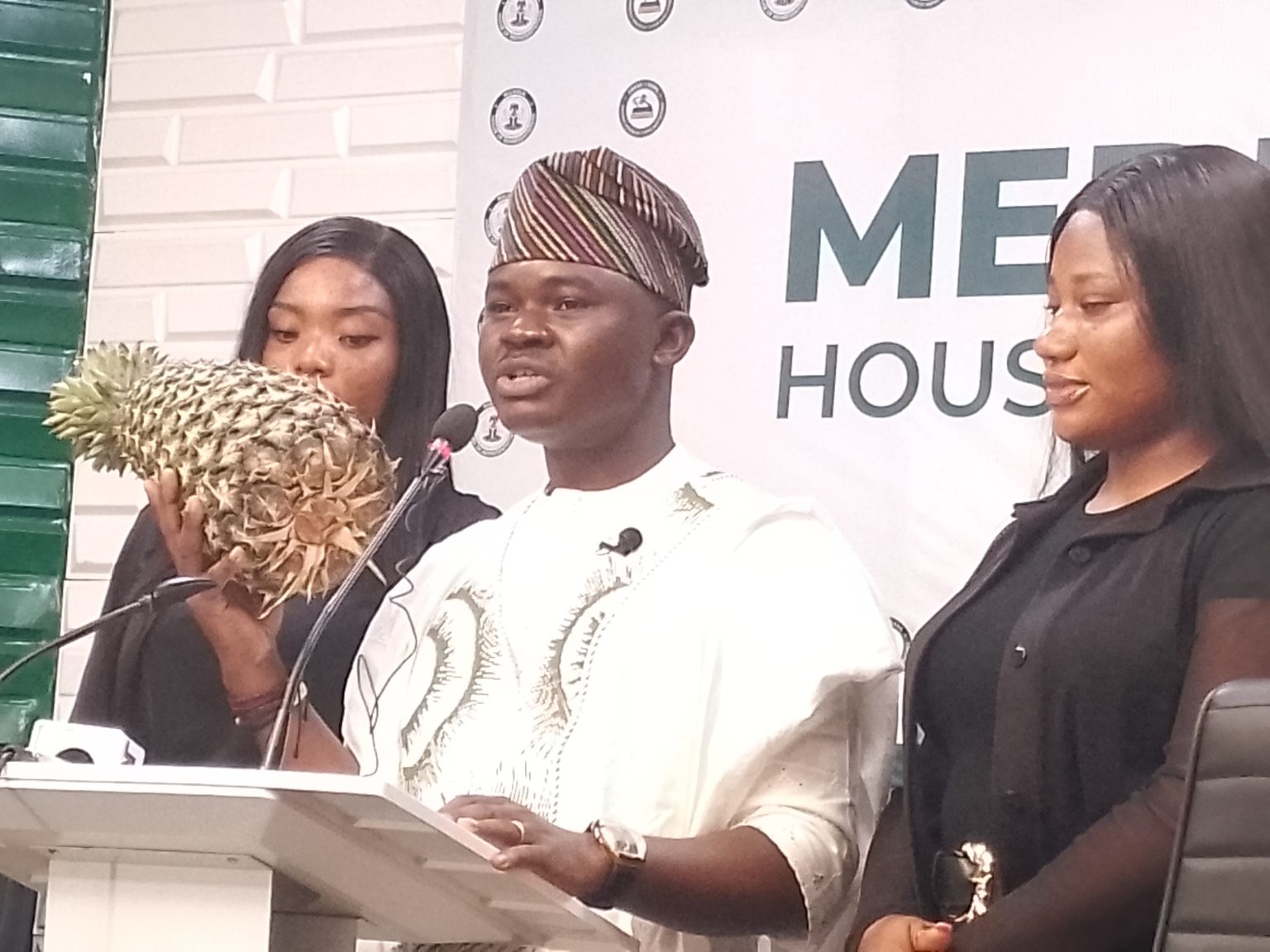Senator George J. Mitchell Center for Sustainability Solutions – The University of Maine

Report on the Contributions of Emma Fox to Sustainable Development Goals through Environmental Policy and Research
Executive Summary
This report details the work of Emma Fox, a senior associate at Industrial Economics, Inc. (IEc), whose career demonstrates a direct application of interdisciplinary research to inform environmental policy. Her work significantly contributes to the advancement of the United Nations Sustainable Development Goals (SDGs), particularly in the areas of water quality, waste management, and clean energy. Ms. Fox’s training at the University of Maine’s Mitchell Center was instrumental in developing a stakeholder-centric, collaborative approach, which is fundamental to achieving SDG 17 (Partnerships for the Goals) and ensuring the successful implementation of environmental policy.
Foundational Research and Alignment with SDGs
Ms. Fox’s career began with a focus on complex environmental challenges at the local level. Her early work and subsequent graduate research provided a strong foundation for addressing global sustainability targets.
- Coastal Ecosystem Management: Initial work as an AmeriCorps volunteer involved addressing impaired water quality in Maine’s mudflats. This project directly relates to:
- SDG 6 (Clean Water and Sanitation): By investigating sources of bacterial contamination to improve water quality.
- SDG 14 (Life Below Water): By working to restore marine ecosystems and the viability of local clamming industries dependent on them.
- Graduate Research Projects: During her tenure at the University of Maine, Ms. Fox contributed to two major research initiatives with clear SDG linkages:
- Safe Beaches & Shellfish Project: This initiative aimed to improve strategies for managing coastal water quality, directly supporting the objectives of SDG 6 and SDG 14.
- Future of Dams Project: This research addressed the multifaceted impacts of aging dam infrastructure, contributing to a nexus of goals including SDG 6 (water resource management), SDG 7 (Affordable and Clean Energy), and SDG 15 (Life on Land) by examining tradeoffs between energy, environment, and society.
Professional Impact on Environmental Policy and Sustainability
In her role at IEc, Ms. Fox applies her research skills to evaluate and inform large-scale environmental programs and policies for federal and state agencies. Her recent portfolio includes projects that are critical for national progress on the SDGs.
- National Recycling Infrastructure Assessment: For the U.S. Environmental Protection Agency (EPA), Ms. Fox contributed to an assessment of modernizing the nation’s recycling system. This work provides foundational data for policies that advance:
- SDG 11 (Sustainable Cities and Communities): By improving municipal waste management systems.
- SDG 12 (Responsible Consumption and Production): By promoting recycling and contributing to a circular economy.
- Clean Energy Program Evaluation: For the New York State Energy Research and Development Authority (NYSERDA), Ms. Fox evaluated a program designed to connect customers to clean energy services. This project supports:
- SDG 7 (Affordable and Clean Energy): By analyzing the effectiveness of initiatives aimed at increasing access to clean energy.
- SDG 13 (Climate Action): By facilitating the transition to renewable energy sources.
Core Competencies for Advancing the 2030 Agenda
The training Ms. Fox received at the Mitchell Center cultivated core competencies essential for addressing the complex, interconnected nature of the SDGs. These skills are evident in her professional methodology.
- Stakeholder Engagement: A primary skill is the ability to integrate diverse perspectives into the research and decision-making process. This collaborative approach is the cornerstone of SDG 17 (Partnerships for the Goals).
- Interdisciplinary Systems Thinking: Her work demonstrates an understanding of the economic, social, and environmental dimensions of sustainability challenges, a prerequisite for developing holistic solutions.
- Effective Science Communication: The ability to convey complex scientific information to policymakers and the public is critical for evidence-based governance, supporting the aims of SDG 16 (Peace, Justice and Strong Institutions).
Analysis of Sustainable Development Goals in the Article
1. Which SDGs are addressed or connected to the issues highlighted in the article?
- SDG 6: Clean Water and Sanitation – The article discusses Emma Fox’s early work on a project in Frenchman Bay, Maine, which aimed to address “impaired water quality” and “bacterial contamination” in mudflats. The “Safe Beaches & Shellfish project” also directly relates to managing coastal water quality.
- SDG 7: Affordable and Clean Energy – Fox’s work includes analyzing community attitudes towards “energy assistance programs” and evaluating New York’s “Community Energy Engagement Program” which is designed to “connect customers to clean energy services.”
- SDG 11: Sustainable Cities and Communities – The article highlights a major project to assess the modernization of the U.S. recycling system. This work, focused on “improving recycling infrastructure” and waste management, is a core component of creating sustainable communities.
- SDG 12: Responsible Consumption and Production – The project for the U.S. EPA, which involved assessing what it would take to “modernize the country’s recycling system,” directly supports the goal of reducing waste and promoting sustainable consumption patterns through improved recycling.
- SDG 14: Life Below Water – The initial problem described in the article, which sparked Fox’s interest, was the frequent closure of coastal mudflats to clamming due to pollution. This issue directly impacts marine ecosystems and the livelihoods dependent on them, aligning with the goal of protecting marine life.
- SDG 17: Partnerships for the Goals – The entire article emphasizes collaboration. Fox’s work involves interdisciplinary teams, stakeholder engagement, and partnerships between academia (UMaine, Mitchell Center), government agencies (EPA, NYSERDA), and private consulting firms (IEc) to inform policy and solve complex environmental problems.
2. What specific targets under those SDGs can be identified based on the article’s content?
- Target 6.3: By 2030, improve water quality by reducing pollution, eliminating dumping and minimizing release of hazardous chemicals and materials, halving the proportion of untreated wastewater and substantially increasing recycling and safe reuse globally.
- This is relevant to the “Safe Beaches & Shellfish project” and the work on Maine’s mudflats, which focused on addressing “impaired water quality” and “bacterial contamination.”
- Target 7.b: By 2030, expand infrastructure and upgrade technology for supplying modern and sustainable energy services for all in developing countries, in particular least developed countries, small island developing States, and land-locked developing countries, in accordance with their respective programmes of support.
- Fox’s work for NYSERDA, which involved a “program evaluation” of an initiative to “connect customers to clean energy services,” directly relates to expanding and improving the infrastructure for clean energy.
- Target 11.6: By 2030, reduce the adverse per capita environmental impact of cities, including by paying special attention to air quality and municipal and other waste management.
- The project to assess modernizing the U.S. recycling system and modeling the costs of “improving recycling infrastructure” directly addresses the waste management aspect of this target.
- Target 12.5: By 2030, substantially reduce waste generation through prevention, reduction, recycling and reuse.
- The EPA contract to assess and shape policy around the nation’s recycling system is a direct effort to improve recycling, which is a key component of this target.
- Target 14.1: By 2025, prevent and significantly reduce marine pollution of all kinds, in particular from land-based activities, including marine debris and nutrient pollution.
- The effort to reopen mudflats by addressing water quality impairment caused by land-based contamination is a clear example of work towards this target.
- Target 17.17: Encourage and promote effective public, public-private and civil society partnerships, building on the experience and resourcing strategies of partnerships.
- The article describes numerous partnerships, such as the Mitchell Center’s projects involving multiple universities and the consulting work of IEc for clients like the EPA and NYSERDA, which exemplify the multi-stakeholder collaborations needed to achieve sustainability goals.
3. Are there any indicators mentioned or implied in the article that can be used to measure progress towards the identified targets?
- Indicator for Target 14.1 / 6.3: The article implies a clear indicator for progress in water quality: the number of “acres of mudflats” that are successfully re-opened to clamming. This provides a measurable outcome of improved water quality.
- Indicator for Target 11.6 / 12.5: The “assessment… to modernize the country’s recycling system” and the modeling of “costs associated with improving recycling infrastructure” are themselves tools for measurement. The data gathered and the financial modeling serve as indicators of the investment and infrastructure needed to improve national recycling rates.
- Indicator for Target 7.b: The “market characterization and program evaluation” of New York’s clean energy program is a direct form of measurement. The results of this evaluation would likely include indicators such as the number of customers connected to clean energy services or the program’s effectiveness in meeting its goals.
- Indicator for Target 17.17: The existence and number of collaborative projects are implied indicators. The article mentions specific projects like “Safe Beaches & Shellfish” and “Future of Dams” that involved “interdisciplinary teams of faculty and students from colleges and universities across Maine, New Hampshire, and Rhode Island,” serving as evidence of active partnerships.
SDGs, Targets, and Indicators Summary
| SDGs | Targets | Indicators (Mentioned or Implied in the Article) |
|---|---|---|
| SDG 6: Clean Water and Sanitation | 6.3: Improve water quality by reducing pollution. | Level of bacterial contamination in coastal waters; progress in managing water quality impairment. |
| SDG 7: Affordable and Clean Energy | 7.b: Expand infrastructure and upgrade technology for supplying modern and sustainable energy services. | Results from the “program evaluation” of the Community Energy Engagement Program; number of customers connected to clean energy services. |
| SDG 11: Sustainable Cities and Communities | 11.6: Reduce the adverse per capita environmental impact of cities, including… municipal and other waste management. | Data from the “financial assessment of U.S. recycling system infrastructure”; modeled costs for system improvements. |
| SDG 12: Responsible Consumption and Production | 12.5: Substantially reduce waste generation through… recycling. | Completion of the EPA assessment to shape policy around recycling and waste management. |
| SDG 14: Life Below Water | 14.1: Prevent and significantly reduce marine pollution of all kinds, in particular from land-based activities. | Number of “acres of mudflats” re-opened to clamming. |
| SDG 17: Partnerships for the Goals | 17.17: Encourage and promote effective public, public-private and civil society partnerships. | Existence of collaborative projects involving universities, government agencies (EPA, NYSERDA), and private firms (IEc). |
Source: umaine.edu

What is Your Reaction?
 Like
0
Like
0
 Dislike
0
Dislike
0
 Love
0
Love
0
 Funny
0
Funny
0
 Angry
0
Angry
0
 Sad
0
Sad
0
 Wow
0
Wow
0


